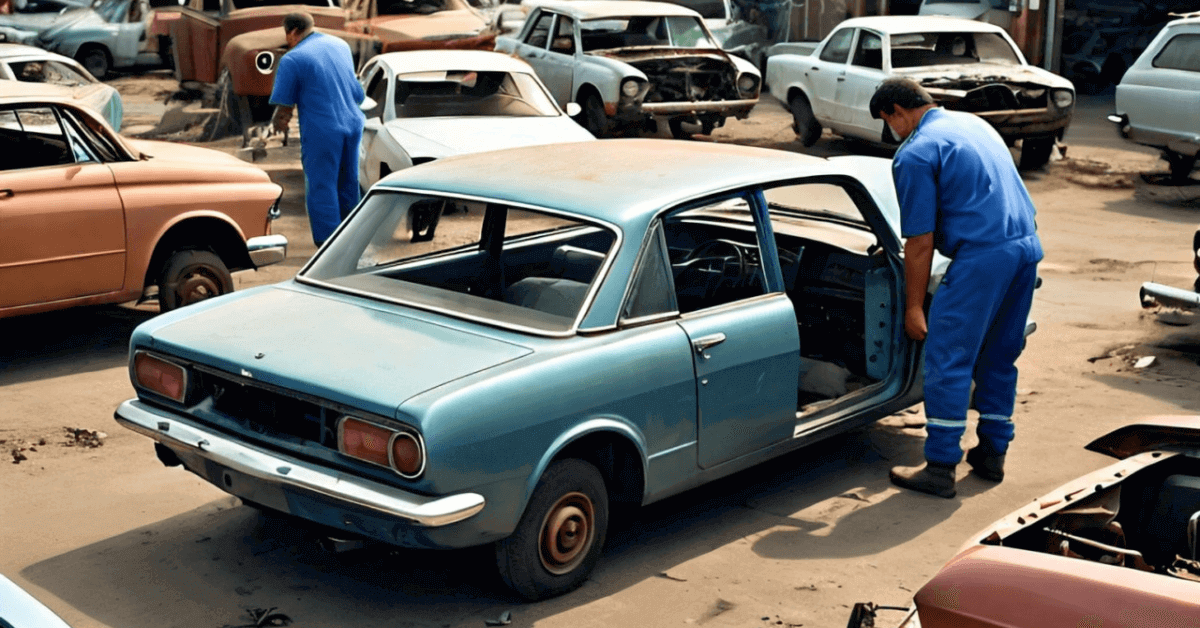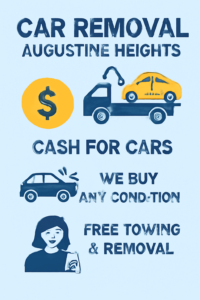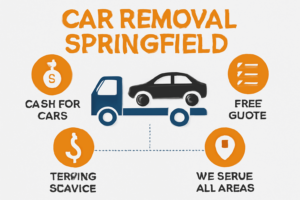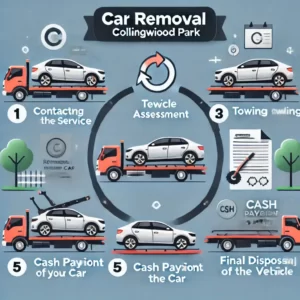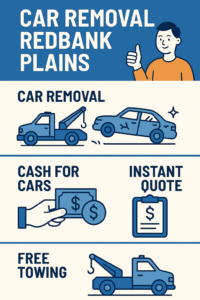Car wrecking services might be one of many things that come to mind when considering managing an old or damaged vehicle. Still, they play a crucial role in automotive recycling and environmental conservation. In this article, we’ll dive into the ins and outs of car wrecking services, exploring everything from the process and benefits to choosing the exemplary service and understanding the environmental impact.
What Are Car Wrecking Services?
Car wrecking services, or auto dismantling or vehicle recycling, involve breaking down a vehicle that is no longer used. The primary goal is to salvage usable parts and recycle materials, ensuring minimal waste. These services cater to cars that are beyond repair, have been totaled in accidents, or are too old to function safely.
The Car Wrecking Process
Initial Assessment
The process begins with an initial assessment where the car is evaluated for salvageable parts and materials. This includes checking the engine’s condition, transmission, tires, and other components.
Dismantling the Vehicle
Once assessed, the vehicle is dismantled. This involves carefully removing parts still in good condition that can be reused or sold. During this stage, parts like engines, batteries, and radiators are often extracted.
Salvaging Usable Parts
Usable parts are cleaned, tested, and stored for resale. These parts can be cost-effective for car owners looking to repair their vehicles without buying brand-new components.
Recycling and Disposal
After all usable parts are removed, the remaining carcass is recycled. Metals like steel and aluminum are melted down and repurposed, while non-recyclable materials are disposed of responsibly.
Benefits of Using Car Wrecking Services
Environmental Benefits
Car wrecking services significantly reduce environmental impact by recycling materials and reducing the need for new resources. This process helps in cutting down landfill waste and conserving energy.
Economic Advantages
Recycling car parts and materials can save money for both consumers and manufacturers. It also creates job opportunities in the recycling and auto parts industries, contributing to the local economy.
Space Management
Removing old, unused cars from properties can free up valuable space. This is particularly beneficial for homeowners with limited parking or storage areas.
How to Choose a Car Wrecking Service
Reputation and Reviews
Look for a service with a solid reputation and positive customer reviews. This ensures reliability and quality service.
Pricing and Offers
Compare prices and offers from different wrecking services. Some companies offer better deals or additional services, such as free towing.
Certifications and Licenses
Ensure the service is certified and licensed. This guarantees that they follow industry regulations and standards.
Customer Service
Good customer service is crucial. Choose a company that is responsive and willing to answer your questions.
Environmental Impact of Car Wrecking
Reducing Landfill Waste
By dismantling and recycling vehicles, car wrecking services help decrease the amount of waste in landfills.
Recycling Metals and Materials
Metals and other vehicle materials are recycled and reused, reducing the need for new raw materials and lowering the environmental footprint.
Decreasing Carbon Footprint
Recycling automotive materials requires less energy than producing new ones, thus reducing carbon emissions.
Economic Aspects of Car Wrecking
Cost Savings on Car Parts
Used car parts from wrecking services are often cheaper than new ones, offering significant savings for car owners.
Job Creation
The car wrecking industry provides employment opportunities in various roles, from mechanics to administrative staff.
Supporting Local Economies
Purchasing recycled parts and using local wrecking services support the local economy by keeping money within the community.
Common Myths About Car Wrecking Services
Myth: Car Wrecking Is Bad for the Environment
In reality, car wrecking helps the environment by recycling materials and reducing waste.
Myth: Car Wrecking Services Are Expensive
Many car wrecking services offer competitive pricing and might even pay you for your old vehicle.
Myth: Only Old Cars Are Wrecked
Cars of any age can be wrecked if they are no longer functional or economical to repair.
The Role of Technology in Car Wrecking
Advanced Dismantling Techniques
Modern technology has improved the efficiency and safety of dismantling vehicles.
Automation in Recycling
Automation helps sort and process materials more effectively, enhancing recycling rates.
Digital Inventory Systems
Digital systems allow for better tracking of parts and materials, ensuring nothing goes to waste.
Car Wrecking and Legal Considerations
Regulations and Compliance
Car wrecking services must adhere to environmental and industry regulations, ensuring safe and responsible operations.
Ownership and Title Transfer
When wrecking a car, transferring the title to the wrecking service is essential to avoid any future legal issues.
Liability and Insurance
Understanding liability and insurance is crucial to ensure you’re not held responsible for the vehicle once it’s wrecked.
Car Wrecking vs. Car Scrapping
Key Differences
Car wrecking involves salvaging parts before recycling, whereas car scrapping typically focuses on crushing and recycling the entire vehicle.
Situations for Each Service
Car wrecking is ideal for vehicles with valuable parts, while scrapping is suitable for mostly metal vehicles with minimal reusable components.
Preparing Your Car for Wrecking
Removing Personal Belongings
Remove all personal items from your car before handing them over to the wrecking service.
Cancelling Insurance
Cancel your car insurance to avoid unnecessary charges after the vehicle is wrecked.
Understanding Valuation
Get an estimate of your car’s value from the wrecking service to ensure you receive fair compensation.
Customer Experiences with Car Wrecking Services
Case Studies
Many customers have shared positive experiences, highlighting the efficiency and benefits of car wrecking services.
Testimonials
Customer testimonials often emphasize the convenience and financial savings associated with these services.
Future Trends in Car Wrecking
Sustainable Practices
The industry is moving towards more sustainable practices, including eco-friendly dismantling and recycling.
Technological Innovations
Advancements in technology are set to make car wrecking even more efficient and environmentally friendly.
Industry Growth
As environmental awareness grows, so does the car-wrecking industry, with more people opting for recycling over disposal.
FAQs
Car wrecking involves dismantling a vehicle to salvage parts, while car recycling focuses on processing materials for reuse.
How do I know if a car wrecking service is reputable?
Check for positive reviews, proper certifications, and transparent pricing to ensure reliability.
Can I get money for my wrecked car?
Yes, many car wrecking services offer payment for vehicles based on their condition and parts’ value.
How does car wrecking help the environment?
It reduces landfill waste, recycles valuable materials, and lowers the carbon footprint by conserving energy.
What happens to the parts of a wrecked car?
Usable parts are cleaned, tested, and resold, while non-recyclable components are disposed of responsibly.
Conclusion
Car wrecking services offer a practical and environmentally friendly solution for dealing with old or damaged vehicles. By recycling materials and salvaging usable parts, these services help reduce waste, save money, and support local economies. Car wrecking is a valuable option whether you want to clear space or contribute to environmental conservation.



